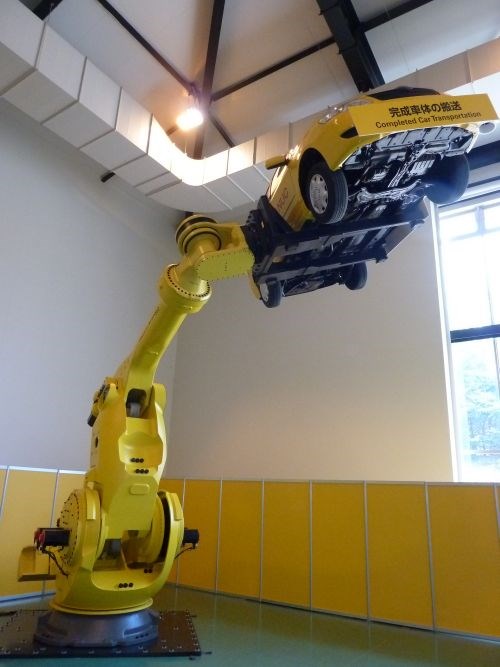The Evolution of Automotive Automation
Robots have intrigued us since being introduced into industrial manufacturing, with one of the earliest U.S. examples involving automotive assembly. From Ford to FANUC, it’s an interesting evolution.
Share






Back in the days when kitchen refrigerators were loaded with ice instead of making it, and stoves were heated with wood or coal rather than gas and electricity, the Ford Motor Co. made automobiles by hand. That was a long time ago, and just as we now dispense ice through the doors or our fridges and own home ovens worthy of a bakery, cars are pieced together on an assembly line by increasingly complex articulated robots. over the years on the Ford assembly line. As remarkable as the progress of autonomy has been in robotics, a recent development is called the “collaborative” robot, meaning it is designed and built to share space and work near human beings. The CR-35iA robot from FANUC, for instance, is ideal for assembly and transferring various parts. In addition, the new M-2000iA/1700L super-heavy payload robot transports completed cars from one position to another high above the factory floor.
Related Content
-
Using Jaws as Grippers Enables Flexible, Low-Cost Automation
VersaBuilt’s automation systems significantly boosted Innovative Fabrication’s revenue. In return, the shop has helped VersaBuilt optimize its products.
-
Using Automation to Reduce COGS and Stay Globally Competitive
Decade-long, multiphase automation investments lower operating costs and maintain technology lead in an increasingly competitive global market.
-
5 Stages of a Closed-Loop CNC Machining Cell
Controlling variability in a closed-loop manufacturing process requires inspection data collected before, during and immediately after machining — and a means to act on that data in real time. Here’s one system that accomplishes this.












